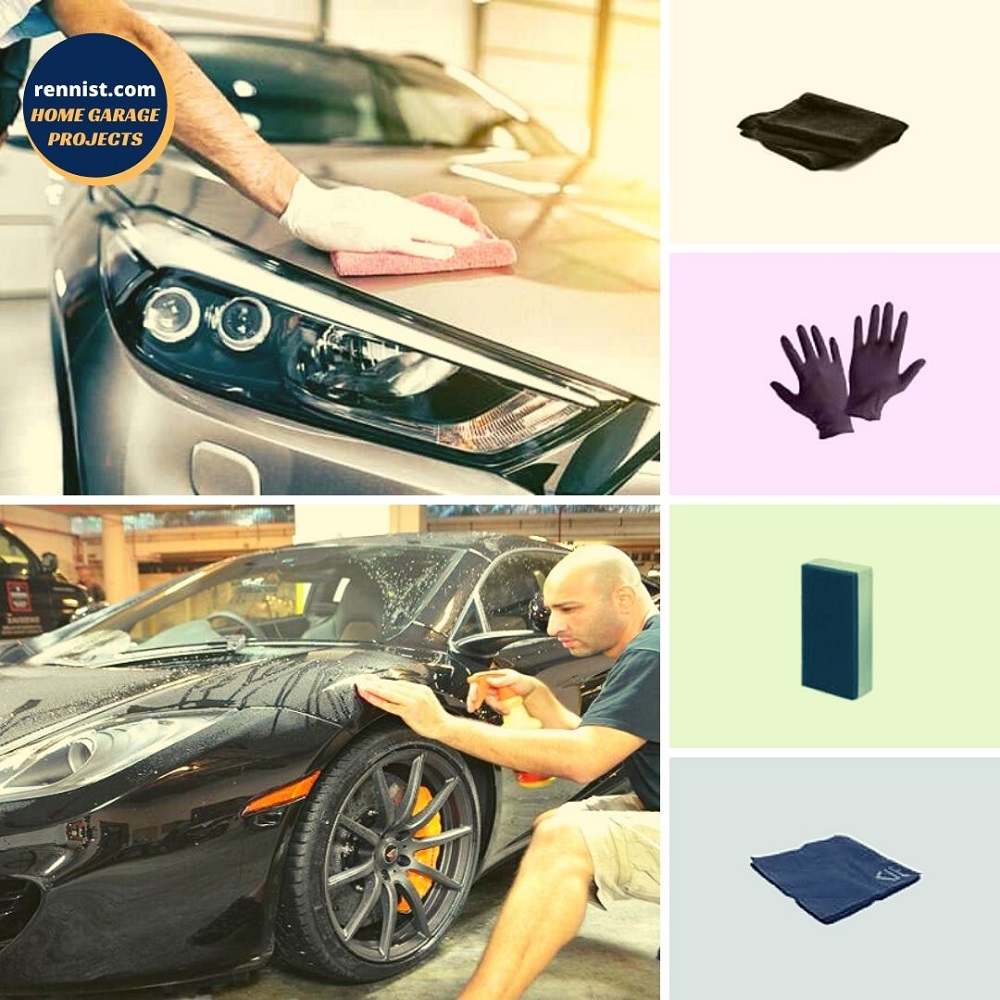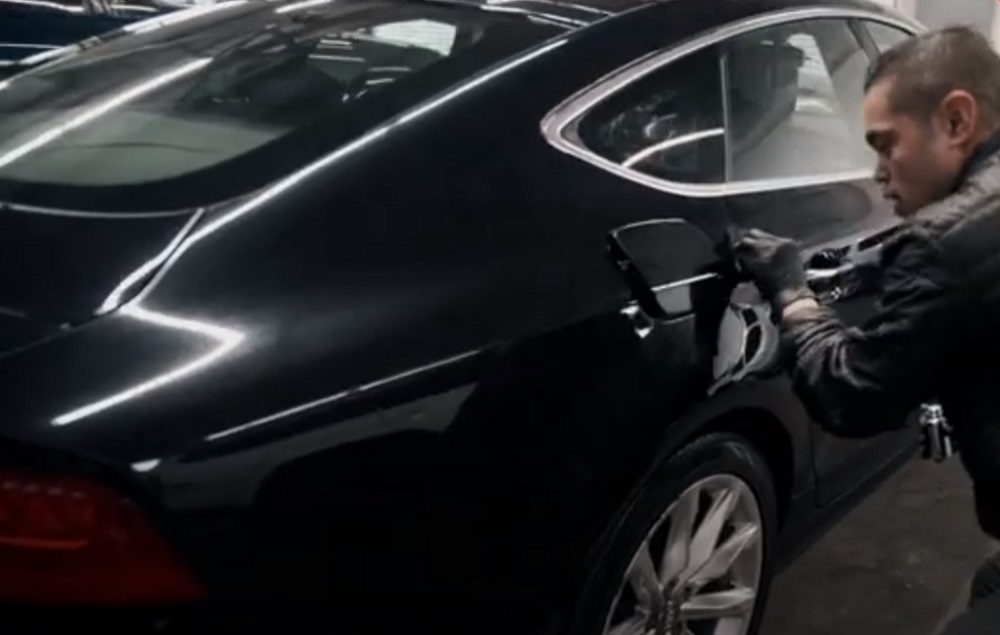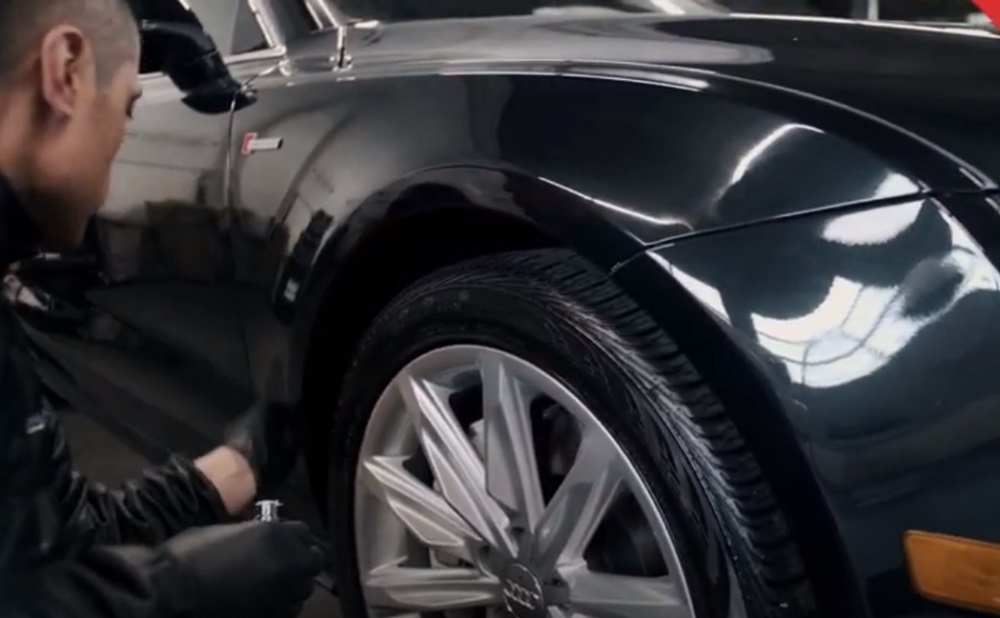Home Garage Projects: Applying Ceramic Coating

Summer is almost here, stay-at-home is easing, and now’s the time for you to give your Porsche a pro-level polish the right way.
When it comes to paint protection for your Porsche, there are several professional and DIY options available. Several car enthusiasts swear by paste wax, synthetic paint sealants, and even vinyl wraps. But what’s the deal with ceramic coatings? How does it compare to these other options, and is it really an effective solution for protecting against UV exposure, bug splatters, and other sources of road grime? For pro tips on the best way to get a Porsche out of lockdown and back out on the road looking its best, we reached out to Avalon King, a popular car care company specializing in ceramic coating.
“To be honest, an argument can be made that ceramic coating is the most durable paint protection product on the market today,” says Avalon King. “However, there are several myths and even flat out lies on the Internet about ceramic coatings. And with the ever-growing ‘latest and greatest’ overuse of the term ‘ceramic’ in car care products, it’s understandable why some consumers simply don’t buy into the ceramic coating hype.”

There are different types of ceramic coatings that you can use to get your Porsche in top condition before heading out and enjoying the outdoors and open roads again now that stay-at-home requests are being eased.
Some of the ceramic coating solutions are simple to apply, and others require professional guidance. The objective of a paint protection product is to provide a thin layer of transparent protection over a vehicle’s surface. The longevity and effectiveness of these products depend on different variables. The top options of ceramic coatings are spray-on ceramic coatings and nano ceramic coatings.
The spray coating can be used as a boost spray on top of a long-lasting nano ceramic coating or a standalone product. They can hold up for about six months but can be layered on top of each application, extending lifespan. This is an attribute not available with most paint sealants or car wax.
Nano Ceramic Coatings
A nano ceramic coating is a highly concentrated solution that uses nanotechnology to penetrate microscopic imperfections found in any porous substance, such as clear coatings on paint, glass, headlight covers, wheels, even plastic trim, and vinyl. They are separated into two categories: professional-grade applied ceramic coatings and DIY nano-ceramic coatings.
The most popular type of nano ceramic coatings are professionally applied products. The pro-grade coatings are difficult to apply due to the extremely high percentage of SiO2, and the price range is determined mainly by the amount and type of prep work involved

DIY Ceramic Coatings
The next level of ceramic coatings is the DIY option. This is where the range from low to high quality is significant, so, researching individual brands and manufacturers is highly recommended.
The higher-end DIY nano ceramic coatings contain higher SiO2 percentage and are specifically formulated for easier do-it-yourself application. The best DIY kits will include everything you need to apply the ceramic coating correctly.
When it comes to paint protection products, nano ceramic coatings are harder than any other liquid protection solution and provide better protection and higher gloss. Additional benefits include protection from UV exposure, oxidization, and rust; repelling water and improving beading on surfaces; increased shine and luster; and improved durability and longevity of paint.
A ceramic coating is essentially a magnifying glass. If the paint or surface under the coating is in great shape, it’ll pop and look great. If there are scratches and damage under the coating, they will be amplified.

How to Apply a Ceramic Coating
Prep Work
Before applying a ceramic coating, you’ve got to ensure the surface is as clean as possible. This is accomplished by completing a four-stage process:
- Decontamination Wash: This is where you’ll remove old wax or paint sealants by using a wax-stripping or decontamination car wash. This provides a good baseline for additional prep work.
- Clay Bar/Clay Mitt Treatment: The second step is using a clay bar or clay mitt to remove deeply embedded contaminants. This also helps to remove any hard coatings or sealants.
- Paint Correction: If you want the ceramic coating to really enhance your paint surface, you’ve got to complete paint correction first. This involves using a polishing compound to remove minor scratches in the clear coat or top layers of a porous surface.
- IPA Wipe Down: The final step in the prep process involves wiping down any surface you intend to coat with an isopropyl alcohol solution. This will remove waxes, residual grease, or polish from the surface, which ensures it’s as clean as possible. If you polish your ride first, use a 50/50 ratio of 99.9% isopropyl alcohol with distilled water. If you don’t polish the vehicle, a 30% dilution of IPA to 70% distilled water will work.
Application
Applying the ceramic coating is the easiest part. To do this, you basically apply the coating in a small section, using a microfiber or suede cloth and an applicator sponge. You’ll place a few drops of the coating on the applicator cloth and apply it in a cross-hatch pattern.

Once the coating has flashed (typically a few minutes) you’ll buff off the residual with a buffing cloth. You’ll complete this same process throughout all sections you’d like to coat. A second coat is recommended, which ensures even coverage. Applying additional coats of DIY ceramic coatings is not needed, as these formulations don’t layer on top of each other.
Most DIY ceramic coatings will cure initially within 48 hours, so you need to make sure that you don’t expose the surface to water. Also, keep the vehicle away from a lot of dust. Keeping it in a garage is optimal, but it’s also great to let the sun bake on the surface, which helps cure.
The main determining factor on ceramic coatings is personal budget, comfort level, and whether you intend on keeping the vehicle for more than five years. If you’re a hands-on kinda person, the DIY nano-ceramic coating is more affordable than the pro-grade option with similar results.
Get more details about nano ceramic coating here.
